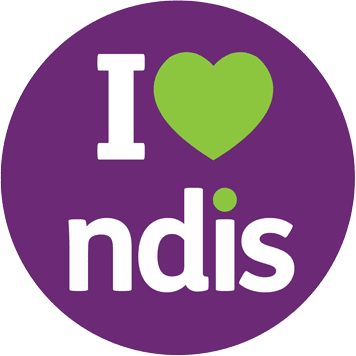Autism is a condition that affects how a person thinks, feels, interacts with others, and experiences their environment. It is a lifelong disability that starts when a person is born and stays with them into old age. Every Autistic person is different to every other. This is why autism is described as a ‘spectrum’. Aspect describes autism as a different brilliant®
What are the myths and misunderstandings about characteristics of autism?
There are lots of myths and misunderstandings about autism but while many Autistic people experience difficulties,with the right support Autistic people can achieve a great quality of life.
There is also a misconception that the autism spectrum is linear. In fact, Autistic people can display a wide range of characteristics in their strengths, communications, social interactions, leisure and play – which can appear more like a constellation.
A big common misconception is that the autistic spectrum is a linear measurement of the condition. This is not so. Different individuals present different characteristics across a range of subjects, socially “fitting in” and how derive pleasure and fun from their interests.
Strengths and Interest
- Areas of strength vary but include: logical or visual thinking, persistence, eye for detail, good skills with technology, memory for facts and figures
- Very strong focus on specific interest areas
- Deep interest in typical topics such as Pokémon, sport, Disney or trains or more unusual topics e.g. air conditioners or bins
- Up to 20% of Autistic people have exceptional or above average skills in one or more areas such as reading, maths, art, mechanics, music, memory etc
Social Interactions.
- Communicate honestly and directly
- A dislike or difficulty with small talk, sarcasm or understanding jokes
- Repeating words or phrases in a way that can seem out of context
- Not using or understanding gestures like pointing
- Using sounds, signs, gestures or pictures to communicate instead of spoken words
- Taking extra time to understand spoken information
Sensory
- Being constantly aware or more aware of some sensations (sounds, smells, tastes, touch etc)
- Feeling distressed or overwhelmed if there are too many sensations at once (loud noises, lots of touching, bright lights etc)
- Working hard to avoid distress by covering ears, hiding in quiet places, etc to block out sensations
- Discomfort with touch such as materials of clothes, tags or light touch from others
- Seeking sensory experiences by smelling food, flicking fingers in front of lights
- Not noticing internal sensations like hunger or pain
Leisure and play
- Preference for leisure based on passions
- Non-traditional play such as repetitive lining up of toys
- Preferring to do things in the same way
- Comfortable socialising through technology such as phones, video conferencing or online chats and games
Thinking
- An uneven pattern of thinking abilities
- An ability to focus on one thing for a very long time;
- Difficulty switching from one thing to another
- An ability to notice specific details, patterns or changes that other people are unaware of
Experiencing and displaying emotions
- A strong, sometimes overwhelming, emotional connection to others
- Repeating movements such as flapping hands or pacing around to show excitement or to help cope with stress
- Delay in learning to understand and regulate emotions
- Difficulties understanding how non-autistic people think in some situations (Just as non-autistic people have difficulty understanding autistic people)
- Rather than thinking of the autism spectrum as a line, it is more like a ‘constellation’.
What challenges are associated with autism?
Autism is often linked with physical, developmental or mental health conditions such as intellectual disability, epilepsy, gastro-intestinal issues, ADHD, dyspraxia, anxiety or depression.
However, many of the disabling challenges associated with autism come about when individuals don’t have the respect, understanding and supports that allow them to be comfortable in a non-autistic world.
Autism Alert Card
Aspect has recently developed the Autism Alert Card. The card is designed to assist Autistic individuals to communicate their need for support to others, in situations that may be challenging. Aspect are offering these cards free to people on the autism spectrum.*
The Autism Alert Card is an Autistic led initiative.
This article was sourced from https://www.autismspectrum.org.au/about-autism/what-is-autism.

